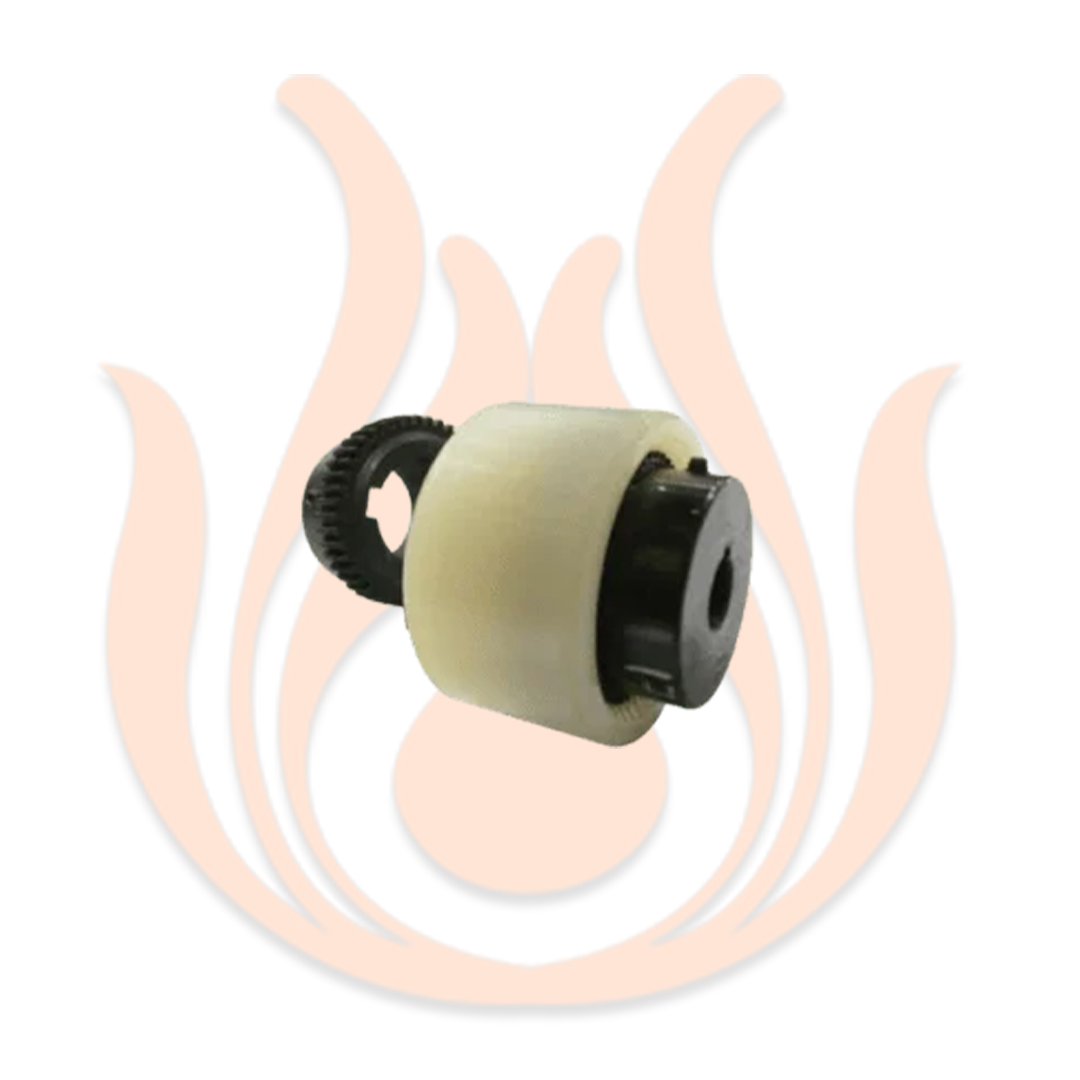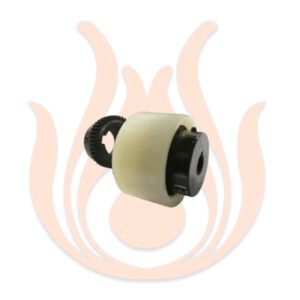Hydraulic Drive Coupling
If you want to control power transmission for your system, get a hydraulic drive coupling at the best market value from Lotus Traders today!
Hydraulic Drive Coupling
- High Quality Materieals
- Compliance with Standards
- Clear product information
- Warranty & Supports
- Product testing & Certification
- Delivery & Policy
- Ask a Question
- Estimated Delivery: 5 Days – 10 Days
DESCRIPTION
A Concrete Mixer with Lift is an essential part of the process of construction. A concrete Lift Mixer Machine is commonly known as a cement mixer. A concrete Lift Mixer is an important component required for the construction of houses, roads, etc. The concrete Lift Mixer Machine helps in mixing cement, sand, gravel, and water to form concrete. These Lift mixer machines are often portable and used on construction sites. These are very fast machines that save time, energy, and labor cost. Lotus mainly concentrates on manufacturing this concrete lift mixer which makes it workable with specific compressive strength.
It is a type of concrete mixer that has a lift or hoist attached to it. This concrete mixer used to mix cement mixture, sand, and other aggregates to produce concrete of the required grade. It is a machine with dual benefits. This single machine can do both the tasks of mixing cement and lifting or hoisting it with a single-engine. Our device is capable of preparing concrete mixture which gives ample amount of time to the workers to use the concrete before it hardens time.
About Hydraulic Drive Coupling
A hydraulic drive coupling is an essential component for most hydraulic systems – its primary purpose is to transmit power between input and output shafts, so that the machine allows for steady transfer of rotational motion and power. Many industries that prioritize controlled power systems depend on this device!
It is essential to note that different hydraulic systems depend on different drive couplings, which can vary based on their usage-case scenarios and industrial requirements. Therefore, on must consult specific technical documentations, manuals, and manufacturers’ guidelines before buying a hydraulic drive coupling.
Key Features of Hydraulic Drive Coupling
There are many key features that define the importance of the hydraulic drive coupling and makes it a crucial asset in the field of hydraulics. As a key component that contributes to a larger machine that depends on a hydraulic system, this product has improved leaps and bounds in technology over the years.
The capacity to transmit stable power: First and foremost, this is the drive coupling’s main task; it transmits power from a hydraulic system’s driving shaft to its driven shaft. The rotational motion and power generated assists in performing all sorts of mechanical tasks.
The compensation during misalignment: When there are miscalculations between the input and output shafts, the hydraulic drive coupling allows for precise realignment, or greater flexibility, depending on the application.
The torque transmission: The coupling also shows the ability to handle the transmission of torque between shafts and handle load variations without breaking any sweat. If required, it can limit the torque and prevent damage to the connected components, too.
The easy disconnecting option: If such a situation arises when it becomes necessary to isolate components of the hydraulic system, the hydraulic drive coupling allows for a quick and easy way to disconnect the power transmission.
The variable speed control: Some models additionally offer a degree of variable speed control. This is possible through conventional mechanisms such as variable displacement pumps or adjustable flow control valves.
Some other features that enhance the market value of the hydraulic drive coupling are its durability and resistance to harsh working conditions, compact design, and an easy installation process. But the choice to buy the perfect coupling will always depend on a project specific needs and conditions!
Working Procedure of Hydraulic Drive Coupling
A hydraulic coupling’s working procedure depends on the design across its many models. For instance, there are three major types of couplings in the market today – fluid couplings, hydraulic torque converters, and flexible couplings.
We have put forward a general overview of how each coupling works:
FLUID COUPLINGS:
- A fluid coupling has two primary parts – an impeller and a turbine.
- The impeller stays connected to the input shaft, and the turbine stays connected to the output shaft.
- The hydraulic fluid stays between the impeller and the turbine.
- When the input shaft rotates, the impeller spins and creates consistent fluid flow.
- The fluid flow further transmits torque to the turbine, thereby making it rotate and drive the output shaft.
HYDRAULIC DRIVE CONVERTERS:
- Like fluid couplings in shape and design, this model has only one extra component – a stator.
- The stator actively redirects fluid flow to maintain constant power transmission.
FLEXIBLE COUPLINGS:
- This coupling connects two shafts and transmits torque while looking out for any misalignments.
- It provides several flexible materials to absorb shocks, vibrations, and misalignments.
- It also provides a certain degree of flexibility between the shafts, allowing for adjusting those misalignments and vibration from the connected components.
Applications of Hydraulic Drive Coupling
The hydraulic drive coupling has found prominence across various industries. It compliments many machines that depend on efficient power transmission, flexibility, and torque management. Let us delve down into some of the most driven sectors that depend on this product!
Oil and Gas Industry: In this industry, pumps, compressors, and drilling equipment use the coupling to manage torque and provide reliable power transmission.
Pulp and Paper Industry: Paper mills and printing presses need the coupling to control the power transmission throughout the different stages of paper production.
Energy Generation: Hydroelectric power plants, turbines and other components use specific hydraulic systems that depend on the hydraulic drive coupling for steady water flow.
Automotive Industry: In automotive applications, the commonly used coupling is the hydraulic torque converter. Its main responsibility is to allow smooth power delivery and variable speeds from the engine to the wheels.
Marine and Offshore Industry: In this industry, marine propulsion systems and winches have dire need of the hydraulic drive coupling. Its presence maintains the power transmission delivery as well as stand strong against sudden movements and vibrations in marine environments.
These five sectors are not the only applicable scenarios for the hydraulic drive coupling – it contributes to many other machines such as conveyors and compressors in industrial machinery, excavators and loaders in construction equipment, tractors and harvesters in agricultural machinery, drills, and crushers in mining equipment, etc.
Advantages of Hydraulic Drive Coupling
There are uncountable advantages to install a hydraulic drive coupling in a hydraulic system! Beside its primary purpose which is to generate steady power transmission, it promptly offers variable speed control and adjust the torque according to situations.
Another benefit supplementing the coupling’s value is its ability to correct misalignments between the input and output shafts. It shows no hesitancy in handling a smooth power flow, because of its ability to handle overloads repeatedly.
But that does not mean it needs repetitive maintenance! This product is compatible across various systems and can withstand contrasting work environments, which makes it a formidable foe against wear and tear. Overall, the hydraulic drive coupling is the perfect nick to make your hydraulic system better!
Why Choose Lotus Traders
If you want a hydraulic drive coupling, take a deep breath and focus. Why do you need one? Which system is it going to enhance for your work? Where will you go to get the perfect model?
According to our research team, a mild steel hydraulic drive coupling for industrial use comes with a starting price tag of Rs. 350 per piece. Flexible drive couplings offer the same price value, while a poly torsion flexible shear coupling is a tad bit expensive, reaching up to Rs. 2200 per set. A full gear coupling will demand a much higher price – about Rs. 5000!
We cannot stress hard enough about how important it is to consult industrial experts before jumping on a final choice. Take the first step to know your perfect hydraulic drive coupling by contact our experts today. We promise we are here, and we will stay to serve your endeavors!
Frequently Asked Questions
The hydraulic drive coupling is an innovative device that focuses on transmitting stable power between the input and output shafts of a hydraulic system. This facilitates the machine to generate rotational motion and power.
If you want to buy a hydraulic drive coupler, Lotus Traders is the go-to option for grabbing the best models available in the market. Get a price quote from us today on our website!
Hydraulic pump drive couplings are a mainstay component in hydraulic pumps – their primary purpose is to transmit power from the electric motor, while additionally compensating angular and radial misalignments.
The hydraulic motor drive coupling is a component of various mechanical devices that focus on coupling the shafts in their hydraulic systems. It can also handle shaft misalignment as a complimentary task.
The hydraulic coupling enhances hydraulic systems that focus on stable power transmission, systematic torque management, and flexibility across various applications.
The hydraulic coupling working principle is simple and straightforward – it operates according to hydrodynamics. There is no genuine contact between the driver and the driven equipment, because power transmission happens with the aid of a hydraulic fluid.
Lotus Traders is your ideal destination if you want a top-quality hydraulic motor at an aggressive market price today. Therefore, contact us and ask for a quote at first glance!
The major hydraulic coupler problems can vary; sometimes they are hard to connect, and there is occasional difficulty in connecting quick-coupling (due to trapped internal fluid.) However, its pros far outweigh its cons, thereby making it a crucial product for the hydraulics industry.








